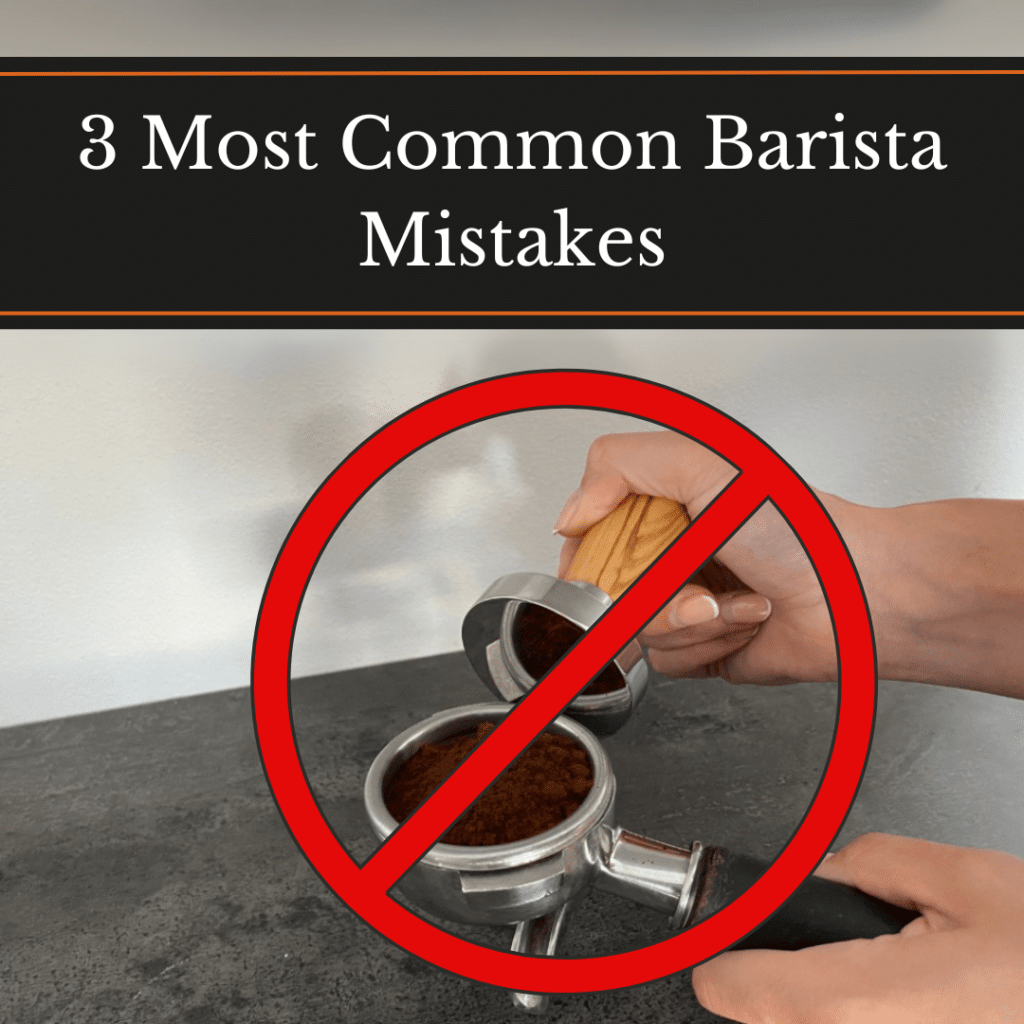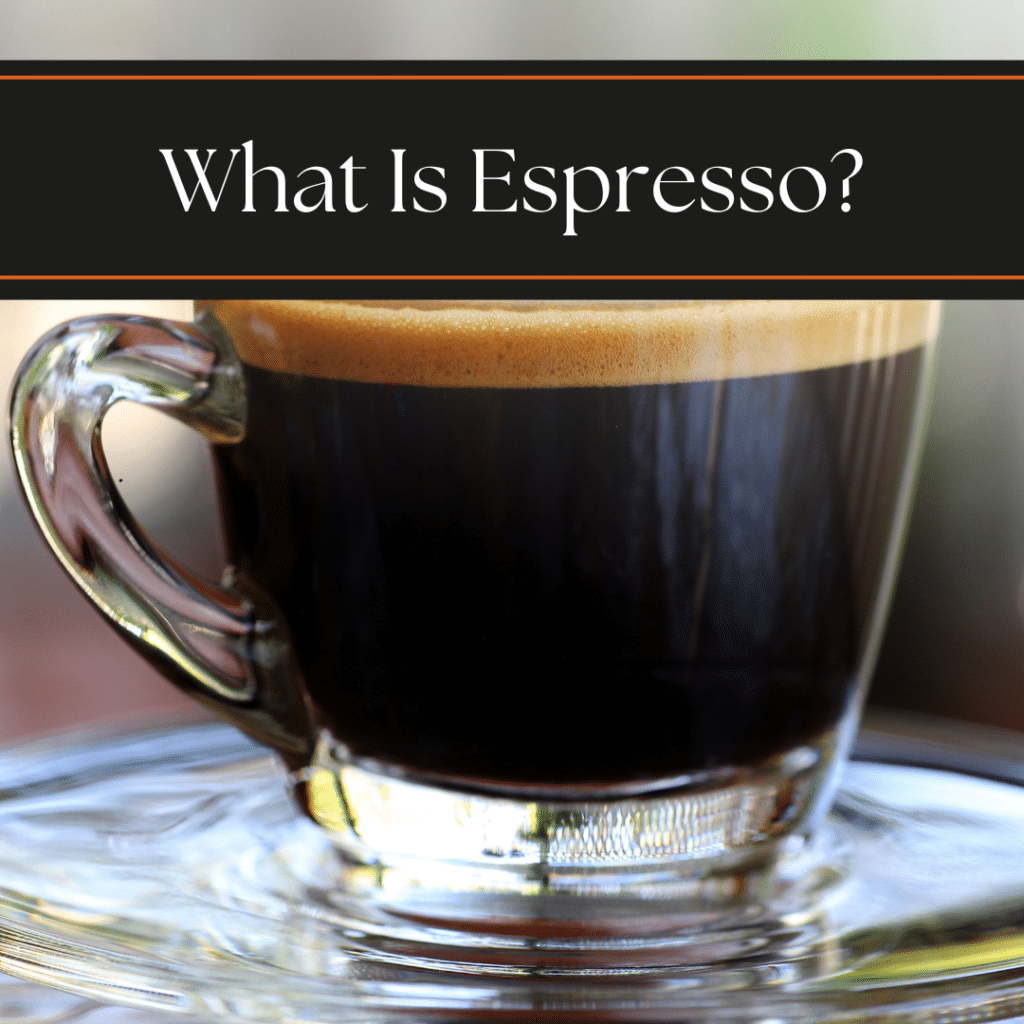Which filter paper is best for the best cup of filter coffee?
The two most common filter papers on the market are the bleached white filters and the natural brown filter papers, with a more recent emergence of metal and cloth filters. But how do you know which one is right for you?
WHITE FILTER PAPERS
First we will look at our best selling filter paper, which is the bleached white. With all paper products, this starts off as natural brown and has to undergo a thorough bleaching process to change the colour to white. There are two main bleaching processes in which your coffee filter will be have to undergo, one being ‘Oxygen Bleaching’ and the other being ‘Chlorine Gas’. Chlorine Gas is mainly used in the cheaper white filter papers on the market. Despite the name of the process it has been proven that there is no risk to human health using this method as it uses such low quantities of chlorine. There are still a lot of people looking for a more natural way and if you find filter papers with the marking ‘TCF’, this will mean the filter papers will have been bleached without any chlorine.
White filters tend to be more popular due the cleaner taste as opposed to all other filter papers. We find with the brown papers they have a slightly more prominent woody taste in the coffee. Cloth filters tend to become a little tainted after multiple uses and thorough cleaning and metal filters bring out a lot of oils and silt in the cup. You can also put white filter papers into a compost bin to make it more environmentally friendly.
CUP PROFILES: Clean, bright, light body
BROWN FILTER PAPERS
This option is without doubt a lot more environmentally friendly than it’s white counterpart, they go through a lot less processing and use no chemicals. They do however taint coffees with its natural paper and woody taste so these require a real thorough rinsing through with water to counteract that. There are in some instances food fibres left in the papers which can result in choking the brew through the clogging of its pours so can lead to inconsistencies with your brewing process. These can also be put into compost bins
CUP PROFILES: Clean, bright, light body
METAL FILTERS
Again an environmentally friendly approach to brewing coffee, as these can be re-used again and again. These do have some downsides, especially for brewers looking to make a clean cup as it does allow oils and fines to find their way into your cup, this leads to a heavier mouthfeel and makes it a little more tricky to distinguish certain flavour notes. You will also have the hassle of cleaning up the filter and removing the grinds
CUP PROFILES: Heavy, rich, aromatic
CLOTH FILTERS
These also are an environmentally friendly option, and can be re-used a number of times. These have the pro’s of a filter paper as it holds back any oils and residue, however I have struggled with these as they are not so easy to clean, and have certain taints after a number of uses. The clean up is a lot of hassle as you can’t let them thoroughly dry out, and hold onto a lot of coffee oils
CUP PROFILE: Medium body, aromatic, bright






